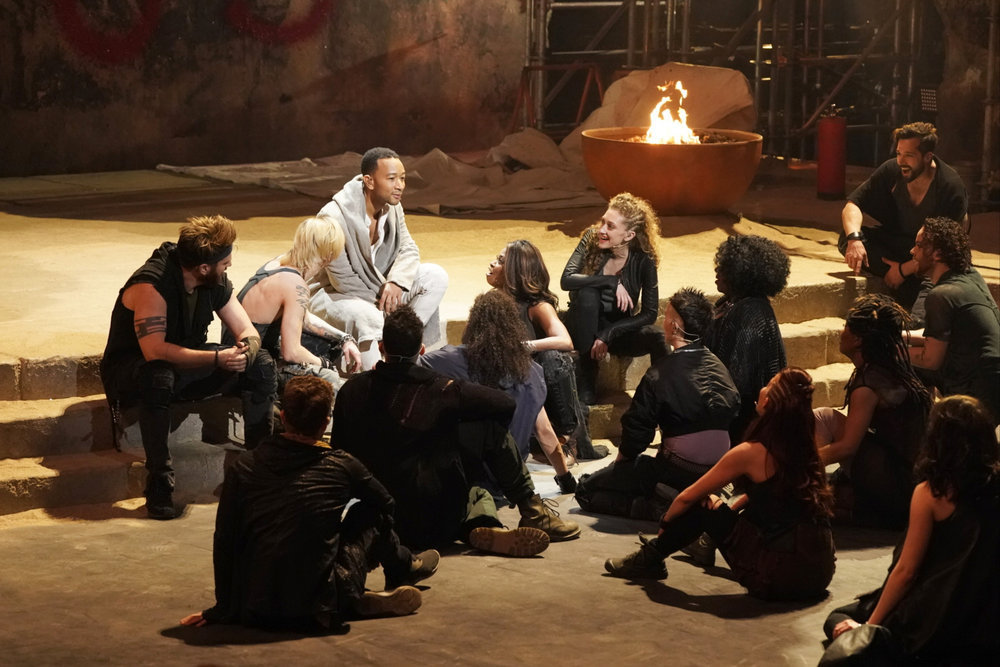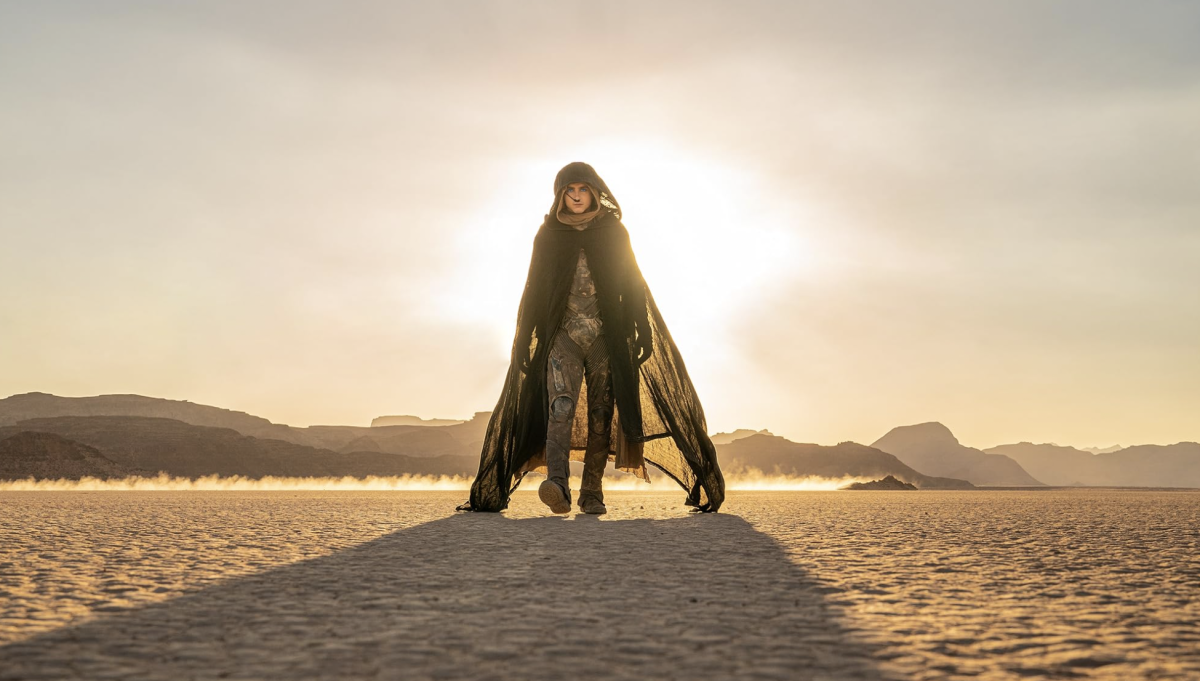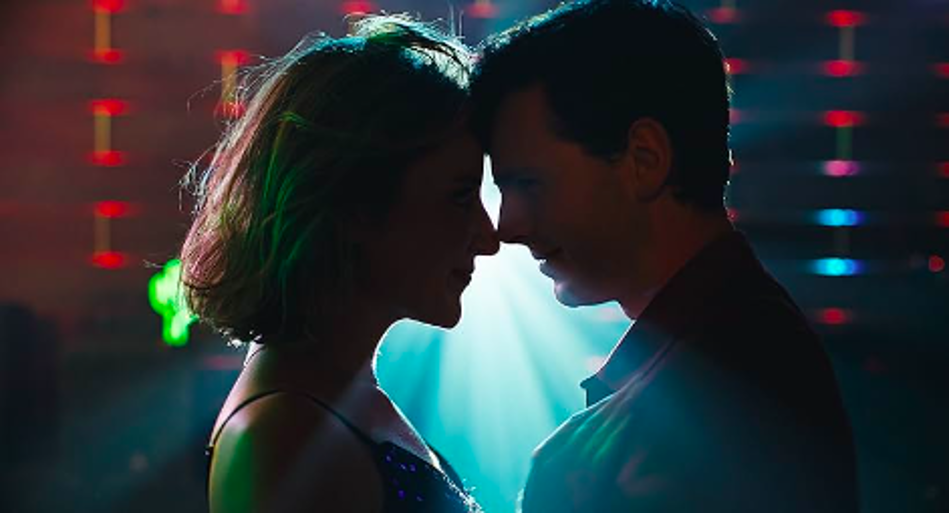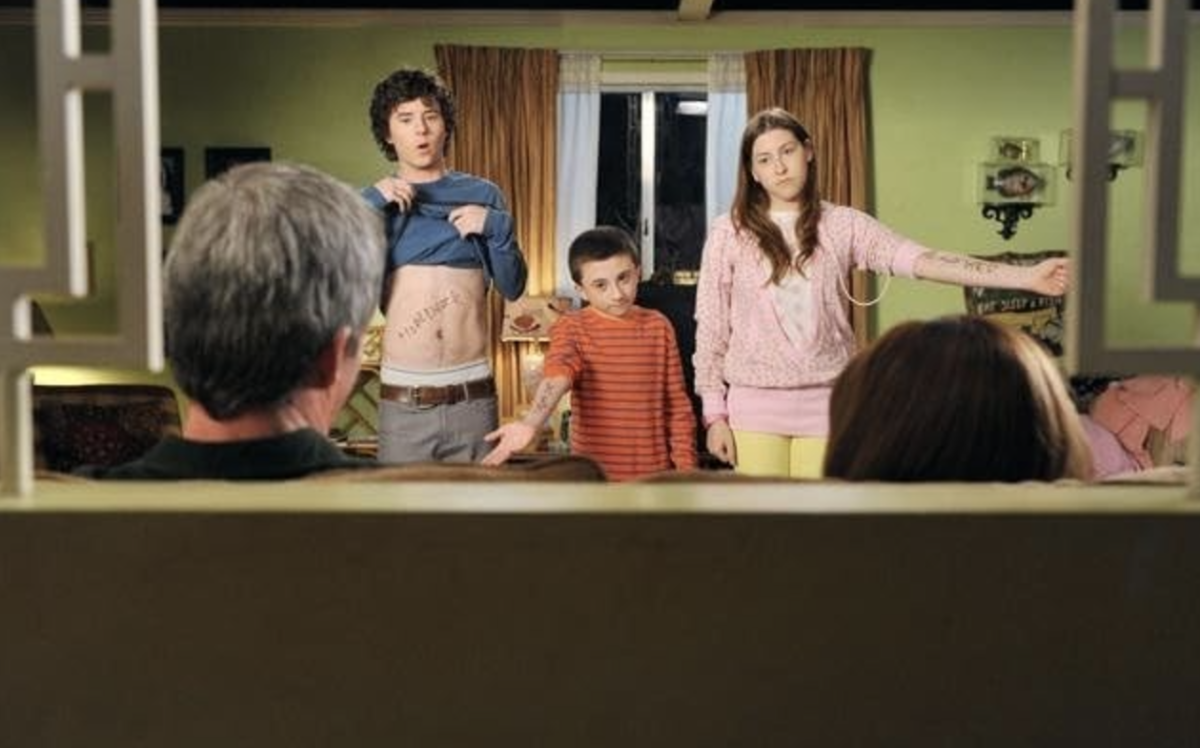
Adam Wingard must’ve known the weight that came with adapting one of Japan’s most iconic franchises, comprised of 12 volumes and 37 episodes, respectively. When a director tackles a live-action adaptation of a well-loved franchise, the pressure on them is built upon cult fans who are ready to pounce with criticisms. In the case of the 2017 Netflix original, all criticisms are pretty much valid.
It seems that American adaptations of media created in other countries must be replaced with exclusively white actors—as if Asian-American actors weren’t pining for some kind of representation in their own country. The Japanese setting is central to the core of Death Note, the story of Light Yagami and his plot to become something of a God, ultimately birthing mass hysteria.
However, in an American context, the same themes that ran in the original render much differently. The overview of the plot is the same, however calculated and power-hungry Light Yagami becomes bored teenager Light Turner (Nat Wolff), who is rather the opposite of what Death Note fans know as the protagonist.
Nat Wolff’s bland rendition of Light is a manufactured trope—a book-smart, unpopular outcast whose life changes when a magical journal falls from the sky with a terrifying Japanese death god named Ryuk to tag along with it. The number one condition of the journal is that if someone writes a name in the book and has a mental image of the person, that person will die.
Ryuk, William Dafoe’s goblin-like demon figure, is the most impressive part of the film. The live-action character design stays true to the manga character in all his wicked glory and trickster attitude. Unfortunately, Ryuk’s role in the film isn’t utilized as much as it could have been.
Within the first half hour of the film, Wingard creates something that resembles a Final Destination reject set with some kind of coming-of-age tragic romance that would have fans of MTV dramas swooning. The attempts of clever dialogue come off as childish and do no justice to the already one-dimensional characters.
Light, right after obtaining the Death Note and killing a bully in a way that would probably have Wes Craven rolling over in his grave, spills all of the details to a girl he’s never talked to. This is Mia (Margaret Qualley), whose unconvincing cheerleader persona is permeated with an apathetic exterior, brewing a perfect addition to this dull Joker-and-Harley-Quinn-esque couple.
Besides appearing as a teen movie under the masquerade of its iconic source material, the film fails in the sense that the material is rushed. Adapting a manga of 12 volumes requires changes, and these changes in the American Death Note translate to be borderline comic relief.
Lakeith Stanfield’s character, L, makes vague nods to the original character through his small quirk—an addiction to sweets and sitting in a perpetual squatting position. The significance of the cat-and-mouse game of deductive reasoning between Light and L is what intrigues audiences in the anime. The Netflix adaptation lacks this, and instead implements a weak power imbalance between L’s expert wit and Light’s high school immaturity.
The film’s dedication doesn’t seem to lie on Light’s—or anyone’s—character development, as any indication of a god complex is skewed by action-y sequences of a manhunt through Seattle. It appeals greatly to a Western audience, with Michael Bay-manufactured chase scenes and dramatic plot twists that don’t quite sit well with the “Death Note”’s morals and themes.
Art can be interpreted and interpolated into many different forms. In the case of Death Note, the live-action film is a missed opportunity on a creative retelling of a story with many facets—too many for Hollywood to condense into a refined work, apparently.
Ariya Sonethavy can be reached at [email protected].



















